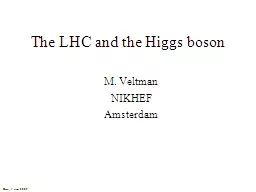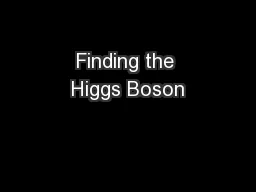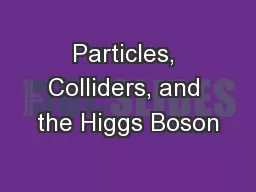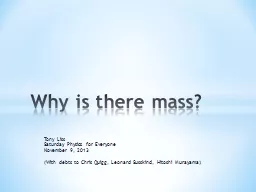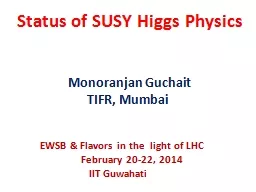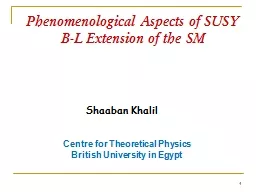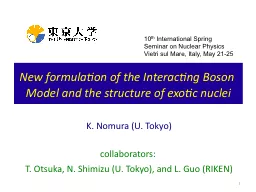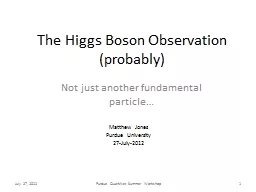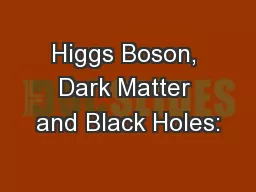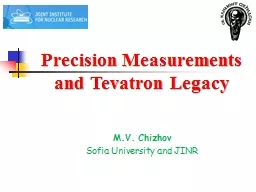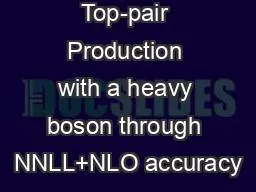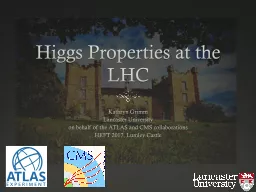PPT-The LHC and the Higgs boson
Author : telempsyc | Published Date : 2020-06-24
M Veltman NIKHEF Amsterdam Cern 4 dec 2009 Higgs search Higgs hunting In 1974 I asked myself if the Higgs is all around us in the vacuum we should really be able
Presentation Embed Code
Download Presentation
Download Presentation The PPT/PDF document "The LHC and the Higgs boson" is the property of its rightful owner. Permission is granted to download and print the materials on this website for personal, non-commercial use only, and to display it on your personal computer provided you do not modify the materials and that you retain all copyright notices contained in the materials. By downloading content from our website, you accept the terms of this agreement.
The LHC and the Higgs boson: Transcript
Download Rules Of Document
"The LHC and the Higgs boson"The content belongs to its owner. You may download and print it for personal use, without modification, and keep all copyright notices. By downloading, you agree to these terms.
Related Documents

